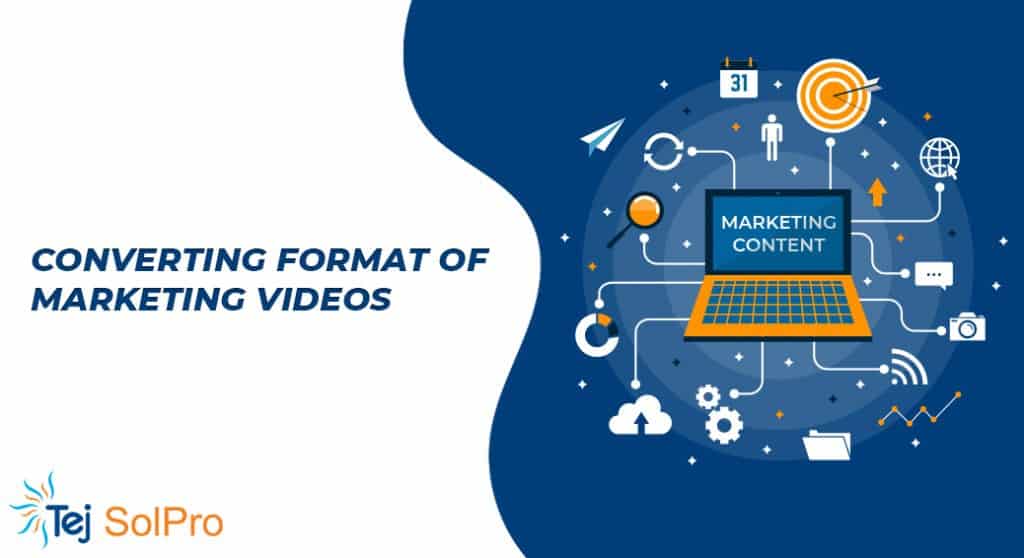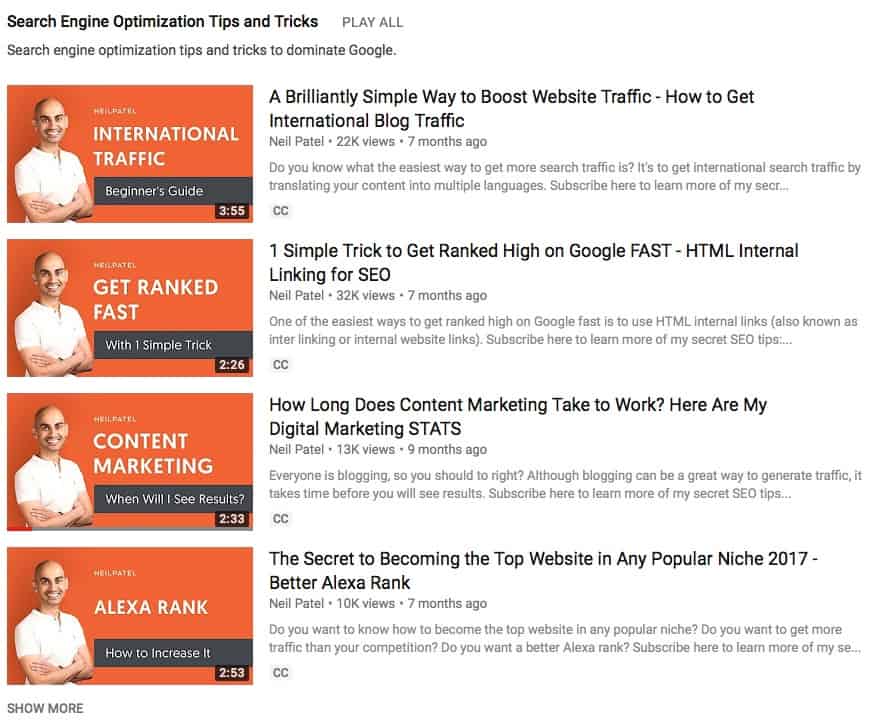Videos are frequently used for marketing nowadays. As a versatile and engaging medium, it has no equal in terms of how it can be used to deliver information using powerful visuals.
On top of that, there are many ways that you can publish and distribute marketing videos – and reach a wide audience with the help of YouTube marketing or Facebook marketing or by any video marketing channels. The one caveat is that every time that you do you may need to convert the format they’re in to meet different needs and requirements.
While converting videos is easy enough with the right software, it is not something that you should take too lightly. In fact, there are several things that you need to know about converting the format of your marketing videos – before you start.
Things to Keep in Mind While Converting Format Of Marketing Videos
Always Store the Original Video
Seeing as you are likely to have to convert your marketing videos into different versions with different formats – you should always store the original video. Simply put its quality will be better than subsequent versions that you convert to.
The reason why the original has better quality will vary. In some cases, the other versions may be converted to a lower resolution, frame rate or bitrate that affects its quality. In other cases converting the codec using ‘lossy’ compression will affect their quality too.
Because the original video will have the best quality, you should think of it as a fallback that you can revert to should anything happen to the other copies of the video. As such it should be stored safely, and preferably with a file name that notes it is the original.
Convert From the Original
Having stored the original video, when you need a version in a different format or that uses different settings – you should convert from it.
As mentioned previously converting the video does affect its quality – in various ways. And that impact is compounded when you convert the same video multiple times over. Each time the same video is converted, its visuals will degrade slightly.
For example, every time you convert the video to a ‘lossy’ codec, some ‘redundant’ data will be discarded. In the time that the amount of data that is lost will start to add up and have a more noticeable on the video quality.
In the long term, if you make it a practice to always convert your marketing videos from the original video, you will be able to preserve their quality better. At the same time, you’ll be free to convert and optimize your video for any requirements without having to worry about it degrading the video quality.
Editing vs. Delivery Formats
Did you know that some formats are better for editing while others are better for delivery? That is why some formats are often referred to as ‘editing’ (or ‘working’) formats, while others are referred to as delivery formats.
Editing formats are typically uncompressed or use lossless compression. Because of that, they store each frame individually, which makes it easier (and faster) to decode frames as you edit the video.
On top of that, you won’t have to worry about the visual degradation or compression artifacts that can appear when videos use lossy compression – which is the case with delivery formats.
Although editing formats have significant advantages – they also have a big downside: The file size. That can make it difficult to store videos in editing formats, especially in the long term.
In terms of quality, it is best to only convert your marketing videos to a delivery format after they have been edited. However, it may be more practical in some cases to work with delivery formats from the start (and most non-professional devices will export in them anyway).
If you do work with editing formats you should make sure you have enough space to store the original video files. However, if you do not, you should regard the first version of the video encoded in a delivery format as the ‘original’ – and store it.
Keep Marketing Videos Organized
It may seem like it should go without saying, but you’ll be surprised how many problems stem from disorganized marketing videos. To avoid them, you should make it a point to come up with an organizational structure that helps you sort the different versions of your marketing videos.
The organization structure that you use can vary, but you should try to take advantage of both file names and folders. The goal should be to be able to identify videos at a glance.
One specific area that you should watch for is videos that have been converted into different codecs but with the same container. For example, a marketing video in MP4 with H.264 will look identical to a marketing video with MP4 with H.265 (HEVC) in terms of its extension.
Overall if you keep your marketing videos organized it should make it easier for you to find the version that you need and save you from making accidental mistakes.
Conclusion
Knowing everything above should help you to more effectively convert your marketing videos while preserving their quality. The actual conversion itself should be fairly easy to perform, and there are even online platforms such as this site that you can use.
Make no mistake the more you convert your marketing videos, the more important it is that you follow the right practices. In the long run. it will save you from a lot of extra hassle and work, while still allowing you to ensure your videos are in the right format.








